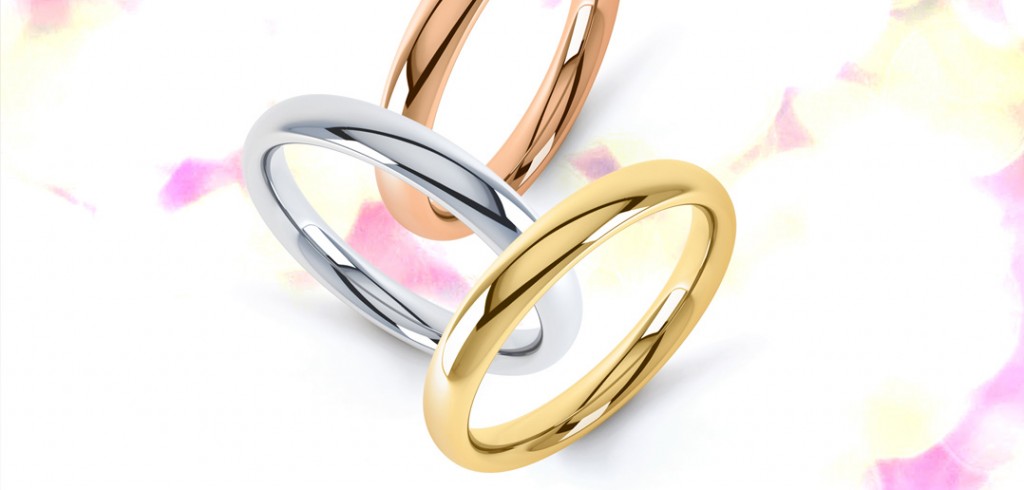Before spending much of your hard earned cash on a new item of jewellery, it might be wise to understand some facts about each precious metal. We are often asked “Why does each type of metal effect the price range of a particular product? so we decided to put this simple guide together for our readers.
Precious Metals
This handy chart is designed to give you a quick insight into the most popular precious metal type including: Palladium, Platinum, White Gold, Yellow Gold and Rose Gold.
| Metal Type | Description | Facts |
|---|---|---|
| 950 Platinum | Platinum is one of the rarest elements in the Earth’s crust and has an average abundance of approximately 5 μg/kg. It is the least reactive metal. It occurs in some nickel and copper ores along with some native deposits, mostly in South Africa, which accounts for 80% of the world production. |
|
| 950 Palladium | Palladium is a soft silver-white metal that resembles platinum. It is the least dense and has the lowest melting point of the platinum group metals. It is soft and ductile when annealed and greatly increases it’s strength and hardness when it is cold-worked. |
|
| 18ct White Gold | White gold is an alloy of gold and at least one white metal, usually nickel, manganese or palladium. Like yellow gold, the purity of white gold is given in carats. The term white gold is used very loosely in the jewellery industry to describe carat gold alloys with a whitish hue. |
|
| 18ct Yellow Gold | Pure gold has a bright yellow colour and luster traditionally considered attractive, which it maintains without oxidising in air or water. It is one of the least reactive chemical elements solid under standard conditions. |
|
| 18ct Rose Gold | Rose gold is a gold and copper alloy widely used for specialised jewellery. It is also known as pink gold and red gold. As it was popular in Russia at the beginning of the nineteenth century, it is also known as Russian gold, however, this term is now obsolete. |
|
You can buy any of these wedding ring product images for your on-line retail store as part of your own wedding band education library. You can also buy this chart that we have used for your on line education pages.
*White gold as having a nickel content falls foul of EU legislation, but is common in jewellery items outside the EU.





